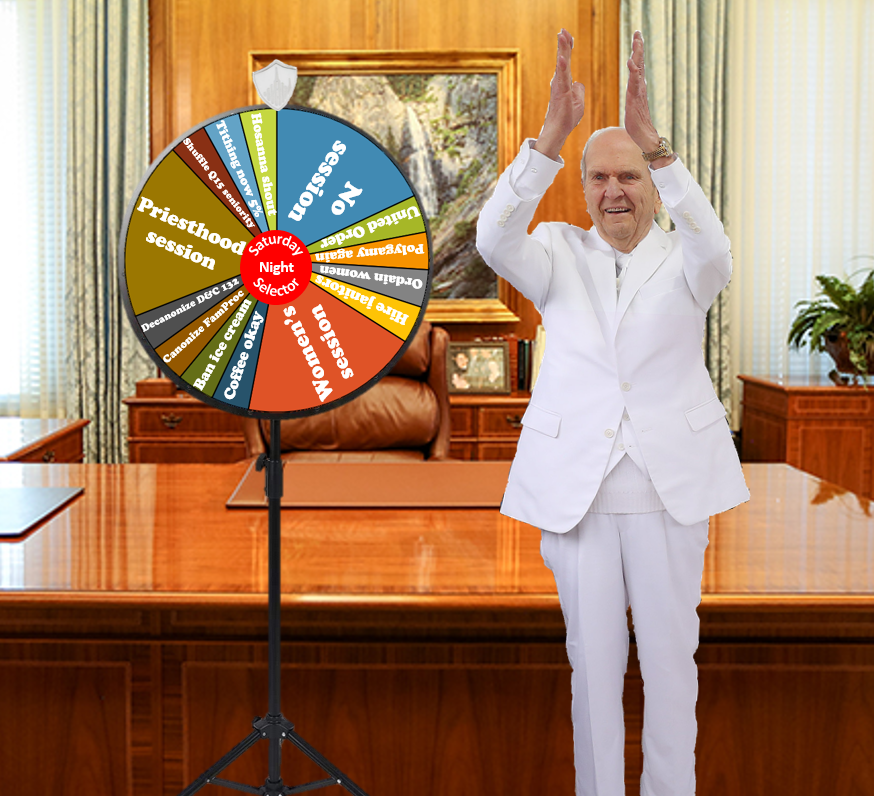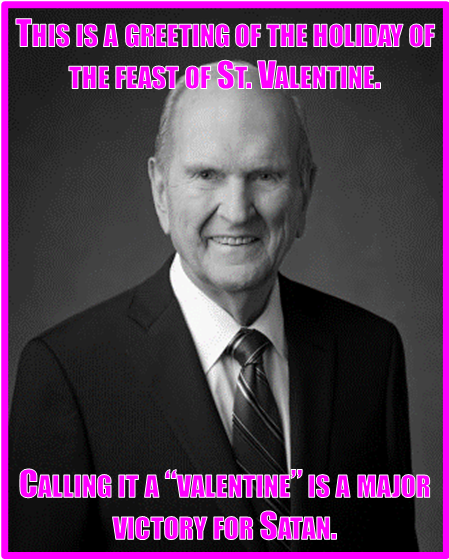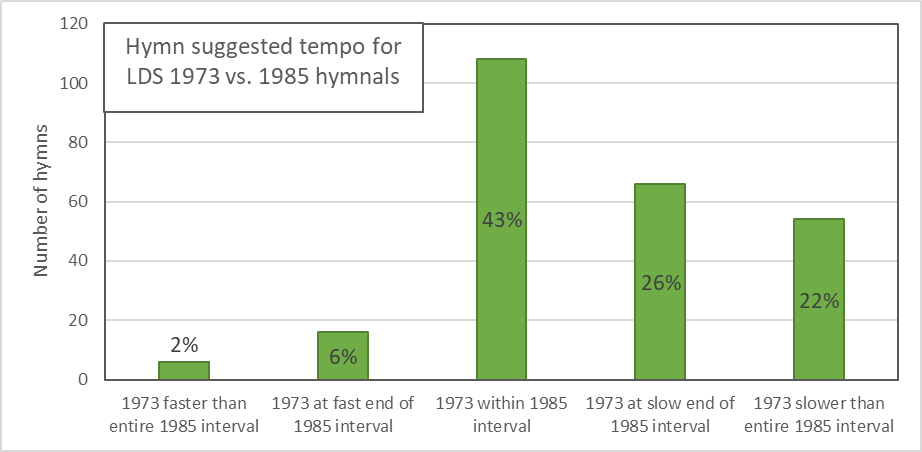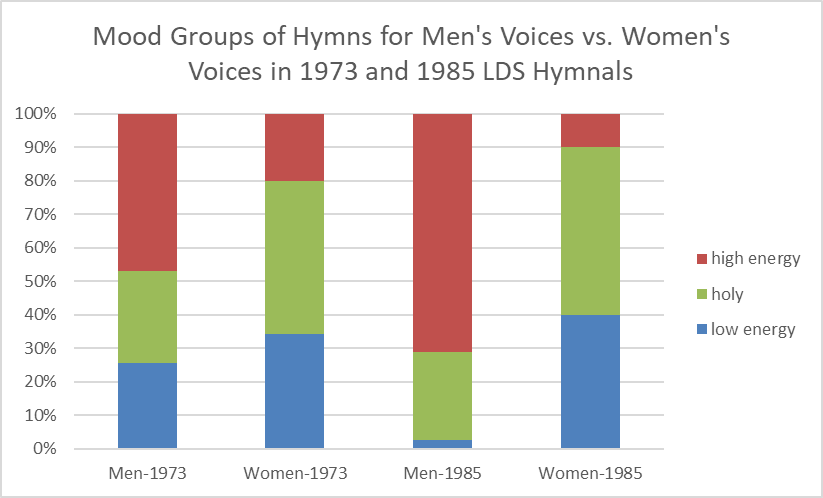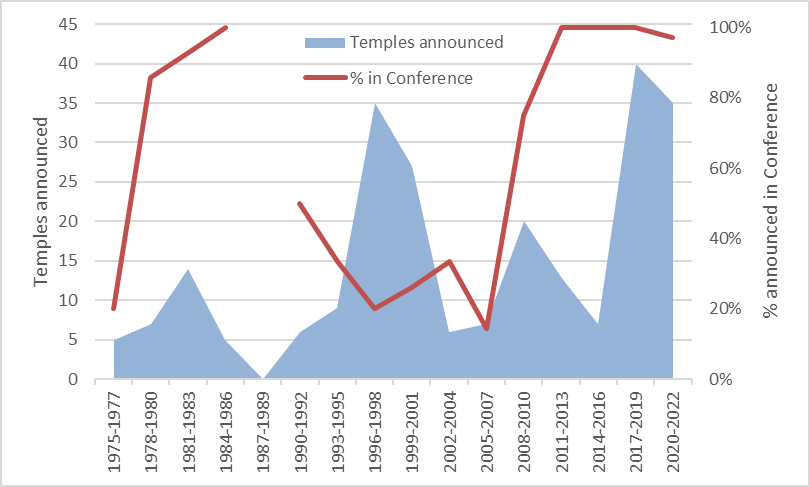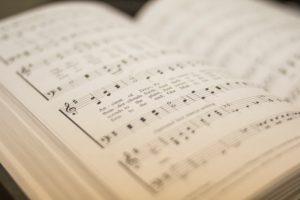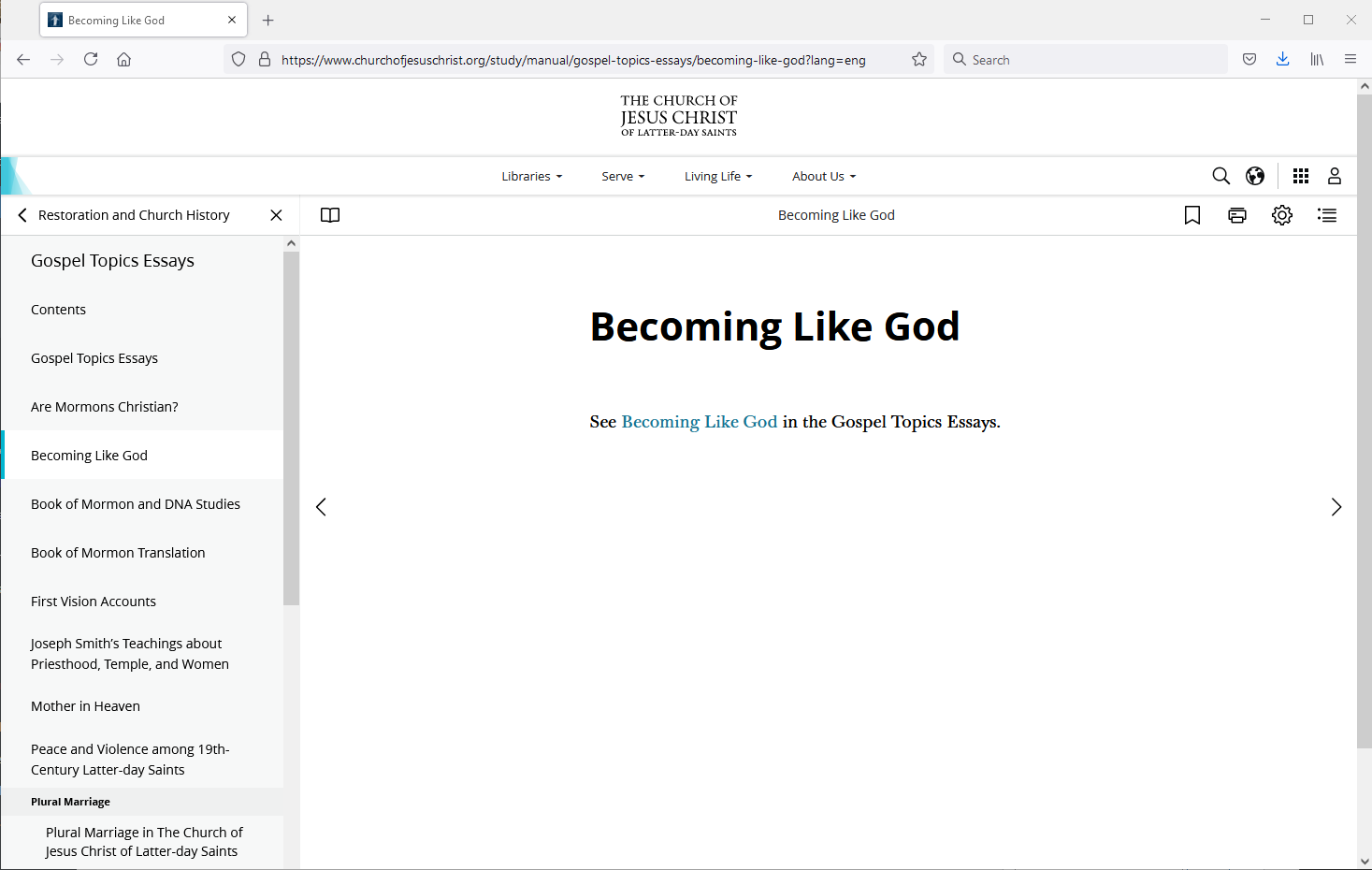All the discussion about Brad Wilcox’s awful talk recently led me to thinking, because he was addressing teens, about some of the teachers and leaders I had when I was that age. Unlike my sisters Lynnette and Kislilili, who attended Education Week religiously, and who as a result had the good fortune to hear all kinds of space doctrine from CES people like Brother Wilcox, I didn’t participate in any church activities outside our ward. In fact, I didn’t participate in many activities in our ward, for that matter. I did attend church every week, along with the rest of my family, and as a boy, I participated in passing and preparing and blessing the sacrament. But I skipped nearly all weekday activities, as they were too wrapped up in Boy Scouts, which I didn’t enjoy. All that being said, though, I’m remembering quite a few good experiences I had with leaders and teachers.
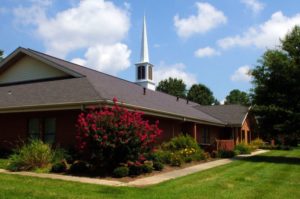
I was a difficult teenager. I was fairly bright, but I was constantly hyper-aware of my many shortcomings, and I figured that everyone else was too. As a result, I was very prickly and defensive and I’m sure not easy for my teachers and leaders to relate to. In spite of my general crabbiness at the time, I have several leaders who I remember fondly who said or did helpful things. Not all of my leaders and teachers were good, but really the majority of them were. I appreciate, especially in retrospect, thinking about what a hard kid I was, the effort they put in to making my church experience better.
- A seminary teacher once speculated in class that half of the Church would make it to the celestial kingdom. This completely blew my mind. From a young age, I had absorbed the idea that the celestial kingdom was only for people who were perfect, who kept 100% track of all their sins and repented of all of them perfectly. It was quite clear to me that the celestial kingdom was an unobtainable goal for me, probably only open to GAs and their families, so I was just hoping for the terrestrial rather than the telestial kingdom. In other ways, this teacher wasn’t particularly focused on grace or hope or anything, but this one offhand line made me think maybe I could hope for something good in the afterlife.
